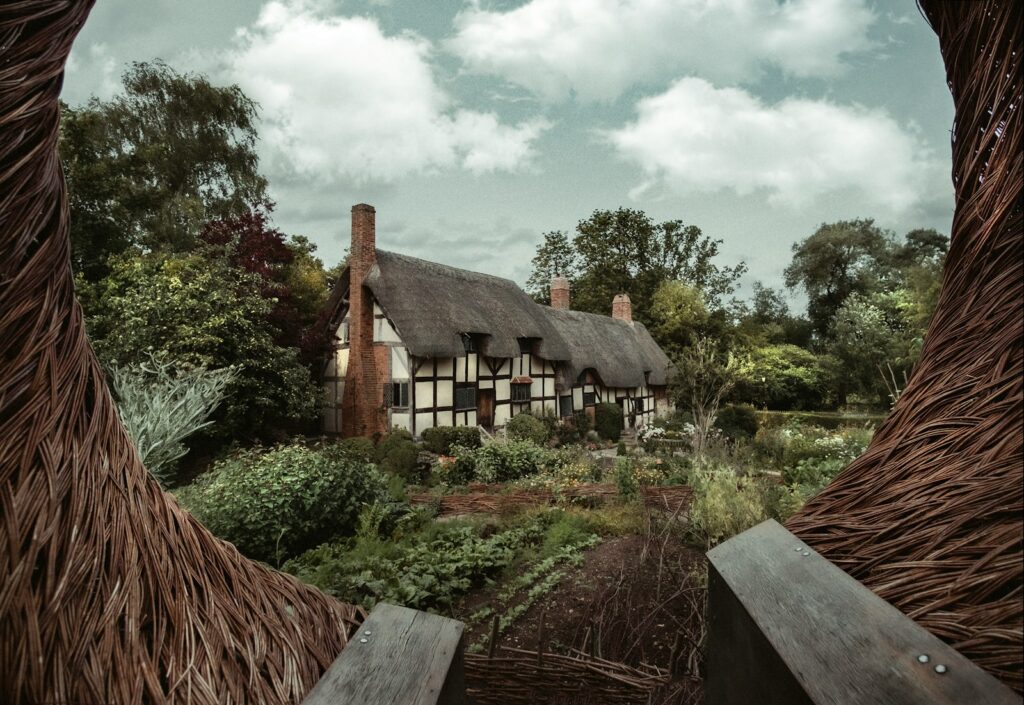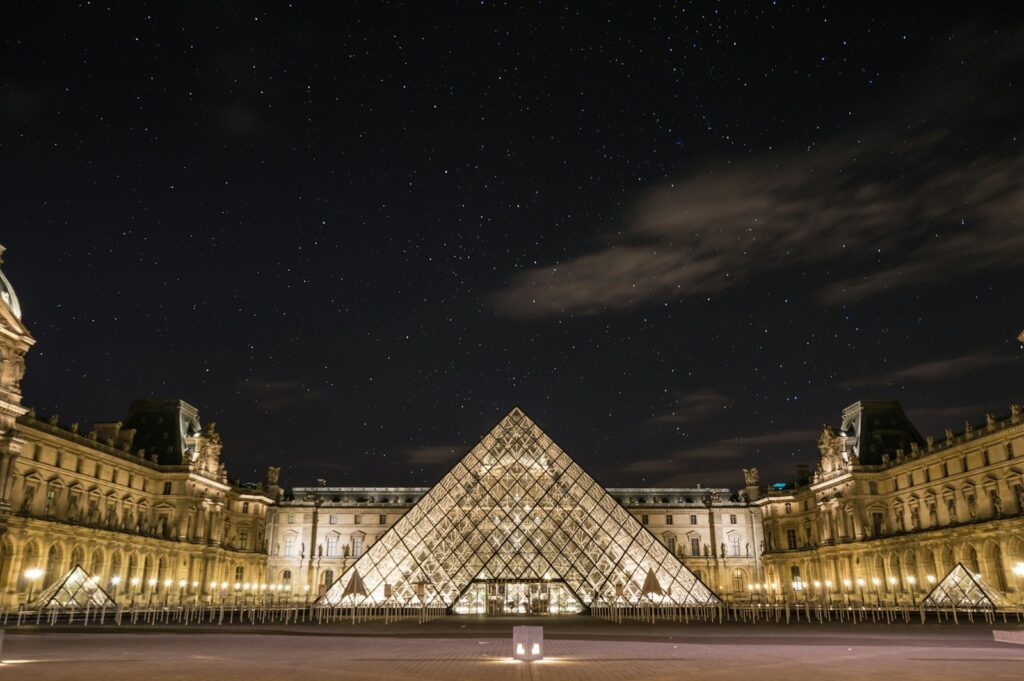Exploring Literary Legacies: Literature has the unique power to transport us to different worlds, evoke emotions, and inspire our imagination. Behind every beloved book lies the story of its author, often intertwined with the places they lived, worked, and drew inspiration from. Embarking on a literary tour allows us to delve deeper into the lives of these literary giants, unraveling the mysteries behind their masterpieces. Join us on a captivating journey through some of the world’s most renowned literary landmarks, where the lines between fiction and reality blur and the echoes of literary greatness resonate through time.
1. Stratford-upon-Avon, England: The Birthplace of Shakespeare

A Bard’s Birthplace
In the picturesque town of Stratford-upon-Avon, nestled along the banks of the River Avon, lies the birthplace of one of the greatest playwrights in history, William Shakespeare. Visitors can wander through the quaint streets lined with Tudor-style buildings and immerse themselves in the world of the bard. Explore Shakespeare’s Birthplace, where the iconic wordsmith was born and spent his early years, gaining insights into his upbringing and early influences.
Shakespeare’s Globe Theatre
Step back in time and experience the magic of Elizabethan theater at Shakespeare’s Globe Theatre in London. Modeled after the original Globe where Shakespeare’s plays were first performed, this faithful reconstruction offers visitors the chance to witness his works as they were meant to be seen, amidst the hustle and bustle of the open-air amphitheater.
2. The Brontë Parsonage Museum, Haworth, England: Home of the Brontë Sisters
In the Footsteps of Literary Sisters
Nestled in the charming village of Haworth on the windswept moors of West Yorkshire stands the Brontë Parsonage Museum, the former home of the Brontë family. This modest parsonage was where Charlotte, Emily, and Anne Brontë penned their timeless classics such as “Jane Eyre,” “Wuthering Heights,” and “The Tenant of Wildfell Hall.” Step into the world of the Bront sisters as you wander through the rooms where they lived, wrote, and found inspiration amidst the rugged beauty of the Yorkshire landscape.
Wuthering Heights and the Yorkshire Moors
Venture out onto the untamed Yorkshire moors that served as the backdrop for Emily Bront’s iconic novel, “Wuthering Heights.” Feel the wild winds whip across the heath and imagine the brooding figure of Heathcliff roaming the desolate landscape. Visit Top Withens, the supposed inspiration for the Earnshaw family farmhouse, and immerse yourself in the haunting beauty that captivated Emily’s imagination.
3. The Louvre, Paris, France: Muse of the Mona Lisa

Artistic Inspiration in Paris
While primarily known as a museum of art and antiquities, the Louvre in Paris holds a special place in literary history as well. Writers and poets from around the world have found inspiration within its hallowed halls, none more so than the enigmatic smile of Leonardo da Vinci’s Mona Lisa. Join the throngs of visitors as you gaze upon this iconic masterpiece and ponder the mysteries hidden within her enigmatic expression.
Hemingway’s Paris
For literary aficionados, a visit to Paris wouldn’t be complete without retracing the footsteps of Ernest Hemingway. From the bohemian cafes of Montparnasse to the historic streets of the Latin Quarter, Hemingway found both inspiration and solace in the City of Light. Raise a glass at Les Deux Magots or Café de Flore, where Hemingway and other literary luminaries once held court, and immerse yourself in the rich tapestry of Parisian literary history.
4. The Edgar Allan Poe House and Museum, Baltimore, USA: The Master of the Macabre
A Glimpse into Poe’s World
In the heart of Baltimore, Maryland, stands the modest brick house where Edgar Allan Poe lived and worked during the 1830s. This humble abode served as the backdrop for some of Poe’s most enduring works, including “The Tell-Tale Heart” and “The Fall of the House of Usher.” Step into the eerie atmosphere of Poe’s world as you explore the rooms where he penned his tales of mystery and macabre.
Exploring Poe’s Baltimore

Beyond the confines of his former residence, Baltimore offers further insights into Poe’s life and legacy. Visit Westminster Hall and Burying Ground, where Poe’s final resting place lies beneath a striking monument adorned with a bronze raven. Wander through the cobblestone streets of Fell’s Point, where Poe once roamed, drawing inspiration from the city’s dark alleys and hidden corners.
In Conclusion, Embarking on a literary tour of famous landmarks offers a fascinating glimpse into the lives and works of some of the world’s most celebrated authors. From the birthplace of Shakespeare to the windswept moors that inspired the Bront sisters, each destination provides a deeper understanding of the creative forces that shaped literary history. Whether wandering through historic streets or gazing upon iconic masterpieces, the journey through literary landmarks is sure to ignite the imagination and inspire a love of literature that transcends time and place.
FAQs (Frequently Asked Questions) About Exploring Literary Legacies
Q1: Are these literary landmarks accessible to the public?
Yes, the majority of these landmarks are open to the public, allowing visitors to explore and learn more about the lives of the authors associated with them.
Q2: Can visitors participate in guided tours at these sites?
Many of these landmarks offer guided tours led by knowledgeable docents who provide insights into the history and significance of the site.
Q3: Are there any special events or exhibitions held at these landmarks throughout the year?
Some landmarks host special events, exhibitions, or literary festivals that celebrate the works of the authors associated with them. It’s worth checking their schedules for any upcoming events.
Q4: Are there gift shops or souvenir shops at these landmarks?
Yes, many of these landmarks have gift shops where visitors can purchase books, souvenirs, and other memorabilia related to the authors and their works.
Q5: Can visitors take photographs at these landmarks?
In most cases, photography is permitted at these landmarks, but it’s always a good idea to check the rules and regulations of each site beforehand.


